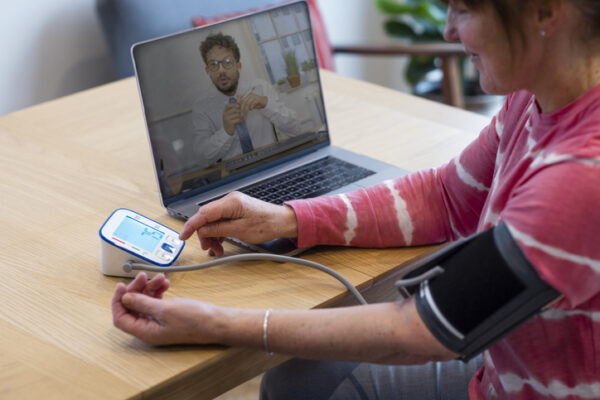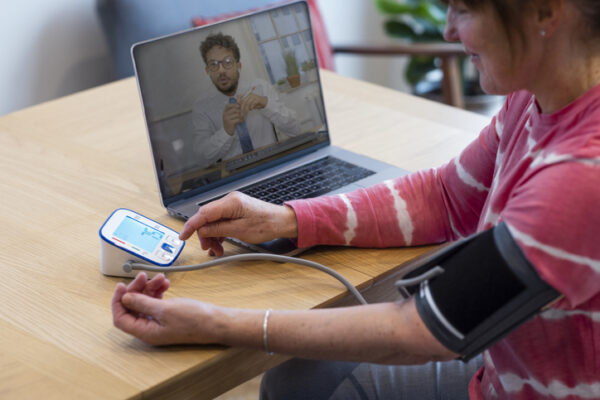Remote Monitoring in Healthcare: New Recommendations for Policymakers
The use of remote monitoring technologies in healthcare has seen a significant surge in recent years. In response to this trend, the Peterson Center on Healthcare, a nonprofit organization dedicated to making healthcare more affordable, has released a report providing recommendations for policymakers on the coverage and payment of these services.
The Peterson Center on Healthcare launched the Peterson Health Technology Institute (PHTI) in 2023, an independent evaluator of digital health solutions. The report is based on findings from three PHTI evaluations focusing on tools for diabetes, hypertension, and musculoskeletal disorders, as well as an analysis of trends in Medicare and Medicaid billing.

Remote monitoring encompasses two primary categories: remote physiologic monitoring (RPM) and remote therapeutic monitoring (RTM). RPM involves tracking patients’ physical data, such as weight or blood glucose levels, while RTM focuses on patients’ self-reported data, including pain or activity levels.
The report highlights a substantial increase in Medicare billing for remote monitoring services. Federal spending on RPM in traditional Medicare rose dramatically from $6.8 million in 2019 to $194.5 million in 2023. Similarly, spending on RTM grew from $2.2 million in 2022 to $10.4 million in 2023. However, the report also notes that some providers continue to bill for these services long after patients are likely to benefit from them.
Based on these findings, the Peterson Center on Healthcare has made three key recommendations for policymakers:
-
Coverage and reimbursement should be based on performance: Policymakers and payers should establish ‘evidence-based, condition-specific remote monitoring duration limits’ and require periodic reassessment of medical necessity to continue coverage beyond these limits. Coverage should be linked to the clinical effectiveness of remote monitoring for specific conditions.
-
Improve access to high-impact services: Policymakers and payers should eliminate low-performing remote monitoring technologies and increase access to high-performing tools, particularly in rural areas where these services can play a crucial role in addressing higher rates of chronic disease and provider shortages.
-
Advance data collection on remote monitoring services: Better data is needed on the performance of these technologies, including the conditions they are used to treat and other relevant information. This will facilitate more informed, evidence-based decisions regarding coverage and reimbursement.
Caroline Pearson, executive director of the Peterson Center on Healthcare, emphasized the need to design payment models that align with clinical benefits for patients. This includes ending ‘forever codes’ that incentivize long-term billing of potentially ineffective care and instead reimbursing providers for active monitoring and management periods.
As healthcare continues to adopt new technologies that extend care beyond traditional settings, these recommendations aim to ensure that remote monitoring services are used effectively and efficiently, ultimately improving patient outcomes while controlling costs.


